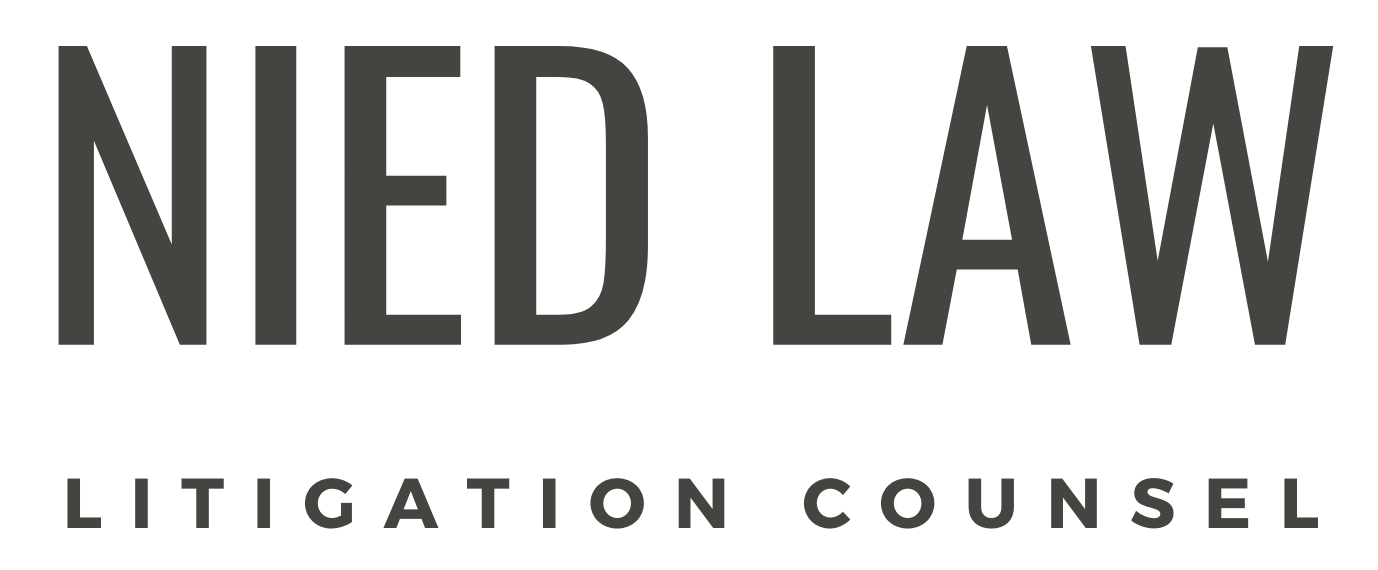Today, many service providers offer email accounts for free and monetize them through advertising. For example, every email sent to or from an account with “Gmail,” Google’s popular email service, is an advertising opportunity for Google. This is because Google, or, rather, its computer algorithms, “reads” each email as it arrives or departs, scanning for keywords that will trigger corresponding advertisements. As a result, an email that mentions photography may, when viewed by the recipient, display an advertisement for cameras.
In October 2012, Wayne Plimmer filed a class-action lawsuit against Google in British Columbia. Mr. Plimmer, a non-Gmail user, claims that Google has been “reading” emails that he has sent to Gmail users, that he has never consented to Google’s use of his private emails for advertising purposes, and that Google is liable for damages for invading his privacy. The claim alleges invasion of privacy under both the common law and the British Columbia Privacy Act. Gmail had more than 425 million active users in or around the time of the filing of the claim.
More than 120 years before, on a day in 1890, Samuel D. Warren, a Boston attorney, felt a similar frustration with his own privacy interests. He and his wife had hosted a series of elite social events, including a wedding for their daughter, which the Boston newspapers had covered in highly personal and embarrassing detail. Exasperated, Warren approached his former law partner, Louis D. Brandeis, with the desire of finding some legal remedy for this constant invasion of privacy, one that would protect his right to be “left alone.”
Later that year, Warren and Brandeis published “The Right to Privacy” in the Harvard Law Review. It called for common-law protection for, among other items falling within the penumbra of privacy, the use of private letters by an unintended third-party recipient.
In 1939, this proposed right to privacy was incorporated into the Restatement of Torts, and by 1960 it was adopted in 26 states and the District of Columbia. In 1977, the Restatement (Second) of Torts provided as an example of such a tort an “investigation or examination into [one’s] private concerns, as by opening his private and personal mail.” Throughout the 20th Century, it was taken as established that reading someone else’s mail would satisfy the elements of this tort.
By 2001, all but two US states had recognized some form of a right to privacy, and today the concept has begun to make its way into Canadian law. Yet, as the tort gains wider acceptance, its scope is called into question when considered in the new context of Internet communications. Although Warren and Brandeis bristled at the thought of third parties intercepting private mail, the facts of Plimmer v. Google have been described by one academic as an “are-you-kidding-me” lawsuit.
This article explores why the act of intercepting and reading another’s mail—an act that was initially viewed as an obvious example of an invasion of privacy—could today be viewed by some as an obvious non-starter. This article first compares the common-law invasion-of-privacy regime in Ontario with the statutory regime in British Columbia. The regimes in these provinces are among the most developed of the Canadian invasion-of-privacy regimes and generally are representative of the common law and statutory regimes in other Canadian jurisdictions. It is suggested that, in practice, the analysis applicable to the tort of intrusion upon seclusion, as a subset of invasion of privacy, is similar under both the common law and statutory regimes.
Next, the article surveys US jurisprudence, which has informed the development of Canadian law, and shows why voluntarily disclosure of information to a third party may have different implications under the Canadian common law regime than it does in the United States. Finally, the article explores the impact of consent under the common law and statutory regimes, and briefly considers the potential implications for a case such as Plimmer.
Read the full article here: Matthew Nied (co-author), “Clicking Away Privacy: Email and the Tort of Intrusion Upon Seclusion” (2014) 17:9 Journal of Internet Law 3.
